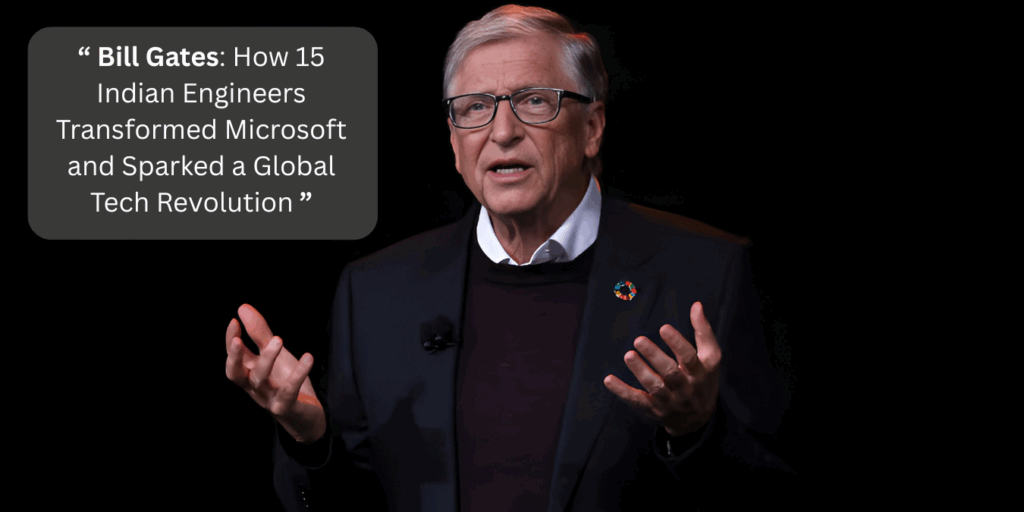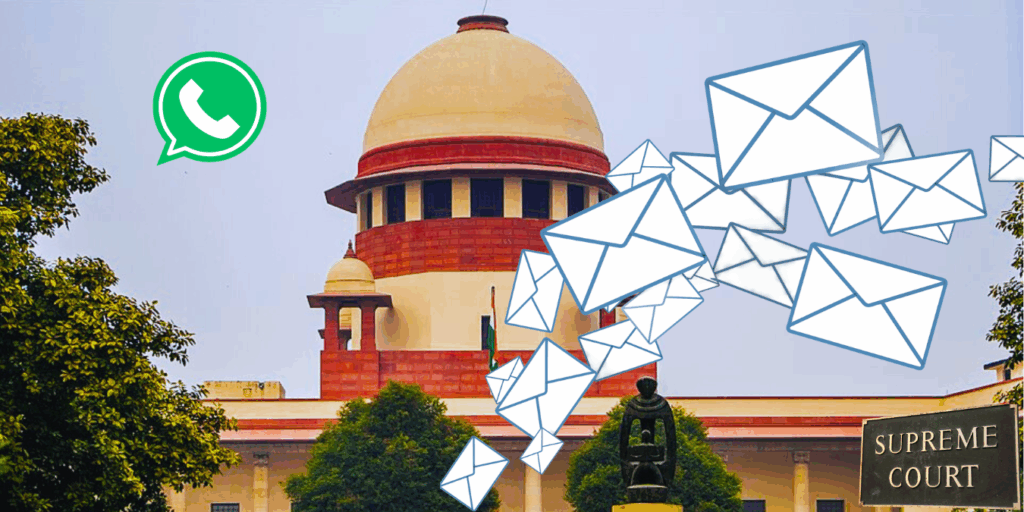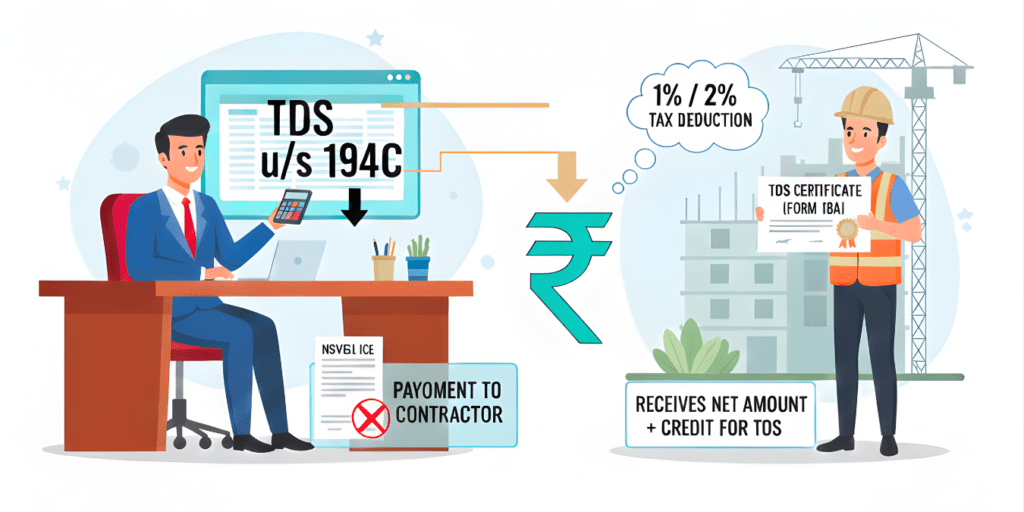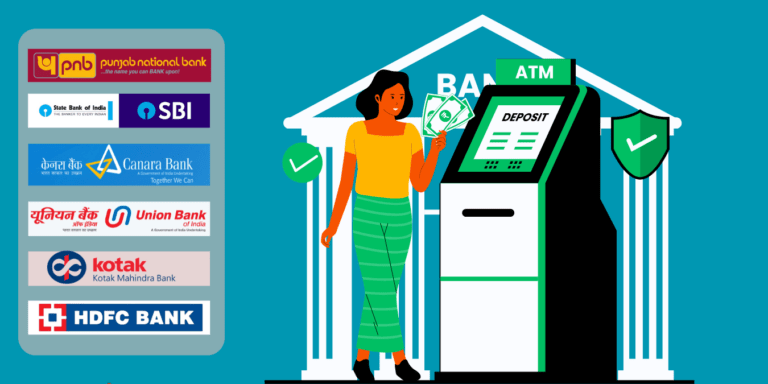
PSU vs Private Banks in 2025: Why PSU Banks Are Surging Past Private Lenders
Will the festive spirit spark a new wave of credit in Indian banking? As profit numbers surge, digital deposits skyrocket, and fresh government initiatives sweep through, the race between PSU and private banks is more intense—and unpredictable—than ever before.
India’s banking sector is at a crossroads in 2025—where historic government banks (PSUs) are meeting a new generation of agile private lenders. The latest quarterly profit reports and deposit trends reveal a story of rapid transformation and shifting consumer trust. Picture this: SBI leading PSUs to an 11% profit jump, while private banks post double-digit deposit growth in a disrupted post-pandemic economy. With festive season credit demand at the doorstep, both camps are gearing up for an all-out push—who will win India’s next growth sprint?
Just last month, a Mumbai-based IT manager found her loan pre-approved within hours, not days, thanks to new digital workflows—a sign that competition is heating up and systems are evolving fast.
Featured Snippet: Key Takeaways Box
- PSU banks posted a record ₹3.71 lakh crore net profit in FY25, up nearly 14-fold over a decade.
- Private banks seized deposit market share with 13.5% YoY growth in Q3 FY25 and up to 20% in Q1 FY26.
- Festive season 2025 is expected to drive double-digit credit revival, fueled by GST cuts and consumption surges.
- Asset quality and NPA ratios for PSUs hit all-time bests at 2.58%, while private banks face pressure from lower NII and slower profit growth.
How Profits Stack Up: PSU vs Private Banks
Latest Data-Driven Profit Trends
Public sector banks, led by SBI, swept FY25 with an impressive profit surge, making headlines as their ecosystem outperformed expectations. In Q1 FY26 (April-June 2025), SBI reported a net profit of ₹19,160 crore, marking a 12.48% year-on-year increase. This growth reflects a broader turnaround for PSUs after years of asset stress. Indian Overseas Bank and other peers also shone, with some posting up to 76% YoY jumps in earlier quarters.
The aggregate net profit for PSU banks reached ₹3.71 lakh crore for FY25—a staggering rise and a marker of resilience in India’s banking landscape. This 35.39% profit growth for PSBs in 2025 was driven by better asset management and government support. From an Indian perspective, this resurgence empowers rural economies, where PSUs hold strong with their extensive branch networks.
Private banks, including leaders like HDFC Bank and ICICI Bank, saw profit growth slow amid challenges. For Q1 FY26, HDFC Bank and ICICI Bank reported robust earnings, with HDFC’s core operating profit up 13.6% YoY to ₹17,505 crore. However, overall for private banks, growth dipped to around 2.7% in early 2025 quarters, pressured by shrinking net interest income (NII). For 17 private banks, profits fell by 0.6% YoY after a stellar previous year.
This contrast highlights how PSUs are leveraging policy reforms for profit stability, while private banks excel in efficiency but face margin squeezes in a high-competition environment.
Quick Comparison Box
| Bank Type | FY25 Net Profit Growth | Standout Performers | GNPA Ratio (March 2025) |
| PSU Banks | 35.39% (₹3.71 lakh cr) | SBI, Indian Overseas Bank | 2.58% |
| Private Banks | 8% YoY (overall slower) | HDFC, ICICI, Axis | 2.1–3.0% |
Deposit Growth: A Surprising Lead by Private Banks
Over the past six years, deposit trends in India's banking sector have shifted dramatically. Private banks, once trailing, now lead with innovative digital strategies attracting urban millennials. In Q3 FY25, private banks achieved 13.5% YoY deposit growth, while provisional Q1 FY26 data shows some reaching up to 20% expansion.
PSU banks, however, recorded 8.8% YoY growth in Q3 FY25, with their market share dropping from 63.2% in 2019 to 56.3% in 2025. This pivot reflects younger Indians favoring seamless apps over traditional branches. Digital platforms and rapid onboarding give private banks a trust edge, especially in metro cities like Delhi and Bengaluru.
From an Indian viewpoint, this trend underscores the digital divide: PSUs dominate rural deposits, supporting agriculture, while private banks capture urban savings fueled by tech-savvy salaries.
Deposit Share Trends (2019–2025)
- PSU banks fell 6.9 percentage points in deposit market share; private banks gained 6.2 points, narrowing the gap significantly.
- Overall deposits surged by ₹2.33 lakh crore in scheduled banks, highlighting sector-wide growth amid economic recovery.
This data points to a maturing market where convenience trumps legacy, but PSUs' stability remains key for long-term savers.
Festive Push: GST Cuts & Credit Revival in Focus
The Festive Season Playbook
India’s festival calendar, from Ganesh Chaturthi in September to Holi in March, traditionally spikes retail credit. In 2025, RBI's rate cuts and GST reductions on consumer goods have primed a "consumption bonanza." Banks are launching flash loans, waived fees, and instant approvals to capitalize on this.
Festive loan schemes span car, gold, and home loans, with slashed rates drawing crowds in cities like Mumbai and Chennai. Retail loan growth already hit 14.5% YoY by June 2025, driven by gold and small business segments, against overall credit at 9.5%.
This push aligns with India's cultural spending habits, where festivals boost GDP by 1-2% annually through increased borrowing.
Why This Matters in 2025
Lower borrowing costs and GST breaks enhance household incomes, making credit appealing. Banks anticipate a double-digit uptick, reviving growth into 2026. For families in tier-2 towns, this means easier access to durables like smartphones during Diwali sales.
However, tighter credit norms post-RBI warnings could temper excesses, ensuring sustainable revival.
Pro Tips: Making the Most of Festive Banking Offers
- Compare flash loan schemes across apps for hidden charges or eligibility—private banks like HDFC often offer lower rates but stricter KYC.
- Leverage instant onboarding at private banks for approvals in minutes, ideal for urgent festive purchases.
- Opt for PSU specials if you have government-linked accounts; they bundle cashback and insurance, saving up to 2% on EMIs.
- Monitor RBI apps for real-time rate comparisons to avoid overpaying during peak demand.
- Build credit scores early via small digital loans to qualify for premium offers.
These tips, drawn from 2025 trends, help Indians navigate the festive frenzy smartly.
Credit Revival: Sector Trends to Watch
Has the Cycle Turned?
After a slow FY26 start, experts forecast a credit revival via government capex, infrastructure, and retail surges. Non-food bank credit grew 9.9% in July 2025, down from 13.6% YoY, but festive boosts could push it to 12-13% in H2.
PSU banks lead corporate credit with government backing for projects like highways. Private banks dominate retail via app-based personal and education loans.
In India's context, this revival supports MSMEs in states like Gujarat, fostering job growth amid 6.7% GDP projections.
Latest Credit Growth Stats
| Segment | YoY Growth (Jun–Aug 2025) | Driving Banks |
| Retail Loans | 14.5% | Private & select PSU |
| Corporate Credit | 5.5% | Mostly PSUs |
| Home Loans | <10% | Mixed |
| Gold/Secured | 16–20% | Aggressive push |
Common Mistakes: What Savvy Customers Should Avoid
- Overlooking hidden fees in “festive” loans; always scrutinize fine print for processing charges that add 1-2%.
- Ignoring asset quality and NPA disclosures—choose banks with GNPA below 3% for safer borrowing.
- Misjudging deposit lock-in periods; early withdrawals can cost 1% penalties, eroding savings.
- Not updating KYC when switching to private digital platforms, leading to frozen accounts during peaks.
- Borrowing beyond 30% of income; RBI warns of debt stress amid rising bad loans in retail.
Avoiding these pitfalls ensures financial health in India's evolving banking scene.
Expert View: Will PSU Banks Retain Their Profit Edge?
Market experts note PSUs' edge from government-driven cycles and tariff reforms, but private banks lead in digital services for youth. If capex stays strong, PSUs could dominate corporate lending, while retail remains private turf.
In 2025, PSUs' undervalued stocks offer investment potential, per analysts. For Indians, this means balancing security with innovation.
Featured Snippet: Action Steps for Indian Savers and Borrowers
What Should You Do?
- For higher deposit rates, consider private banks—but verify stability via RBI ratings.
- For low-fee festive loans, seek PSU specials, especially with salary accounts.
- Always review GNPA ratios before decisions; aim for under 2.5%.
- Exploit private banks' digital platforms for instant credit scores and onboarding.
Final Thought: Who Wins the Festive Sprint in 2025?
The story of Indian banking in 2025 is one of fierce competition and fresh opportunity. PSU banks, energized by policy reform and unbeatable reach, deliver robust profit growth and anchor India’s credit revival. Private banks, meanwhile, dash ahead in deposit mobilization and continue to dominate the digital future.
As festival season lights up the credit market and new financial instruments flood consumer apps, picking the right bank means studying the numbers—but also trusting your instincts. Ready to optimize your finances? Compare offers today and secure your growth in this tipping-point year.
































